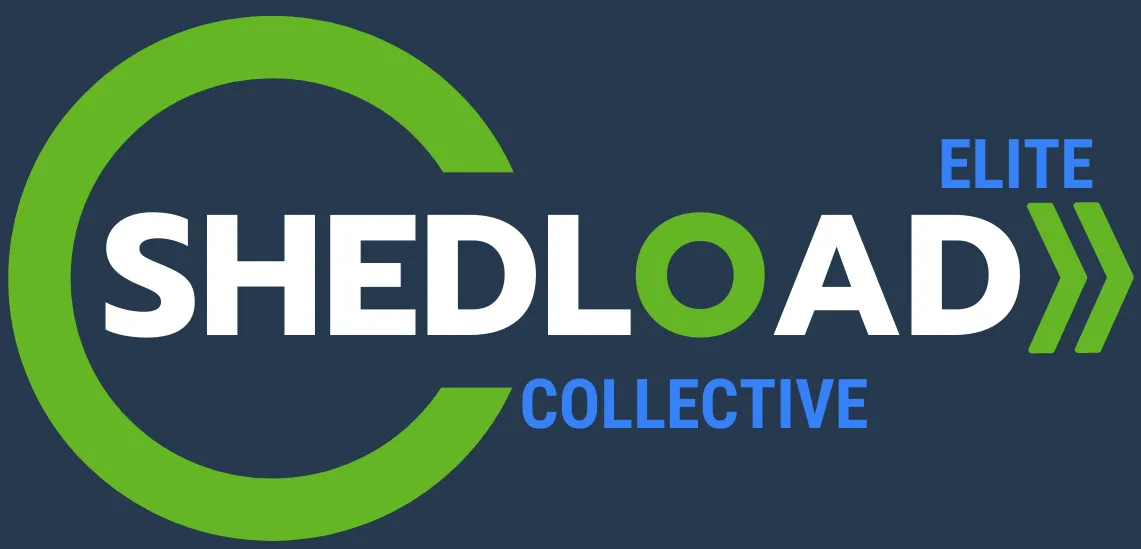
Improving Financial Management and Cash Flow with Business Coaching at the ESC
One major goal to achieve in using Coach Millicent at the Elite Shedload Collective is Improving Financial Management and Cash Flow. A business owner with financial concerns will develop robust budgeting and forecasting processes, leading to a 20% improvement in cash flow within one year through better expense management and revenue forecasting accuracy.
Here are concrete business gains (in percentages) a business can achieve by using profit acceleration techniques and marginal utility theory when improving financial management and cash flow, as guided by Coach Millicent and The ESC:
Increased Cash Flow: By identifying and prioritizing the financial levers with the highest impact on cash availability (marginal utility of different strategies) and implementing rapid improvements in areas like collections and payment terms (profit acceleration), businesses can see a 15-30% increase in overall cash flow within 6-12 months.
Reduced Accounts Receivable (AR) Days: Focusing on the collection processes that yield the quickest results (profit acceleration) and incentivizing prompt payments from high-value clients (marginal utility of specific collection efforts) can lead to a 10-25% reduction in average accounts receivable days, freeing up significant cash.
Improved Inventory Turnover: Analyzing the profitability and carrying costs of different inventory items (marginal utility of inventory management) and implementing strategies for faster sales or reduced stock levels (profit acceleration) can result in a 15-35% increase in inventory turnover, converting assets into cash more quickly.
Decreased Accounts Payable (AP) Days (Strategically): By strategically negotiating extended payment terms with suppliers based on the marginal utility of maintaining strong vendor relationships versus immediate cash outflow (profit acceleration focusing on key supplier relationships), businesses can improve cash flow by 5-15% without jeopardizing critical supply lines.
Lower Interest Expenses: Optimizing debt management by prioritizing repayment of high-interest loans (marginal utility of debt reduction) and negotiating better terms (profit acceleration on key debt instruments) can lead to a 10-20% reduction in annual interest expenses.
Increased Profitability through Better Cost Control: Analyzing the marginal utility of various expense categories and implementing rapid cost-cutting measures in low-impact areas (profit acceleration focusing on non-essential spending) can result in a 5-10% increase in net profit margins.
More Accurate Financial Forecasting: Implementing robust forecasting tools and processes that focus on the most critical revenue and expense drivers (profit acceleration on key financial indicators) can improve forecasting accuracy by 10-20%, leading to better-informed financial decisions and proactive cash flow management.
Improved Budget Adherence: By linking budgets directly to strategic goals and focusing on the spending areas with the greatest impact on achieving those goals (profit acceleration on strategic investments), businesses can see a 15-25% improvement in budget adherence, preventing overspending and preserving cash flow.
Higher Return on Invested Capital (ROIC): Optimizing the use of capital by prioritizing investments with the highest potential return and quickly divesting underperforming assets (profit acceleration on capital efficiency) can lead to a 10-20% increase in ROIC.
Increased Business Valuation: A business with strong financial management and consistent positive cash flow, achieved through these techniques, is typically valued 10-30% higher than a business with weak financial controls and unpredictable cash flow.
When a business strategically focuses on improving financial management and cash flow using profit acceleration principles, the impact on the bottom line and annual profit gain can be substantial and relatively swift. Here's how:
Profit Acceleration Principles in Action:
Identifying High-Impact Financial Levers: Instead of a broad overhaul of all financial processes, profit acceleration pinpoints the specific areas that have the most significant impact on cash flow and profitability. Coach Millicent at The ESC would guide the business to identify these critical levers, such as inefficient accounts receivable processes or high-interest debt.
Implementing Rapid Improvement Strategies: Once the key financial bottlenecks are identified, the focus is on implementing targeted and quick-win strategies to improve cash flow and reduce costs. For example, implementing a more aggressive collection process or negotiating better payment terms with key suppliers can yield immediate results.
Prioritizing Cash Generation and Preservation: Profit acceleration places a strong emphasis on actions that quickly generate or preserve cash. This might involve incentivizing early customer payments, optimizing inventory to reduce holding costs, or strategically managing accounts payable.
Focusing on High-Return Financial Optimization: Instead of spreading efforts thinly across all financial areas, profit acceleration prioritizes the initiatives that offer the highest return in terms of increased cash flow and reduced expenses for the effort and investment involved.
Impact on Business Bottom Line and Annual Profit Gain:
Significant Increase in Cash Flow: By focusing on rapid improvements in key areas like accounts receivable and inventory management, businesses can experience a 15-30% or more increase in their overall cash flow within a relatively short timeframe (6-12 months). This improved liquidity provides more working capital for growth and reduces the need for costly borrowing.
Direct Reduction in Expenses: Implementing strategies to optimize accounts payable, reduce interest expenses, and control non-essential spending (identified through high marginal utility analysis) directly lowers the business's expenses, leading to an immediate 5-10% or more increase in net profit margins.
Improved Profitability through Efficient Asset Management: Better inventory turnover and strategic management of accounts receivable and payable free up capital that can be reinvested in revenue-generating activities, leading to a 5-15% or more increase in overall profitability.
Reduced Reliance on External Financing: Improved cash flow lessens the need for expensive loans or lines of credit, saving on interest payments and improving the financial health of the business. This can translate to a 10-20% reduction in annual interest expenses.
Enhanced Financial Stability and Reduced Risk: Strong cash flow and efficient financial management provide a more stable financial foundation, making the business less vulnerable to economic downturns or unexpected expenses. This reduces financial risk and improves long-term profitability.
Increased Opportunities for Strategic Investment: With more available cash and a clearer understanding of financial performance, businesses are better positioned to make strategic investments in growth initiatives, further accelerating profitability in the future.
Higher Business Valuation: Businesses with strong financial management and consistent positive cash flow are typically valued significantly higher than those with weak financial controls.
In essence, profit acceleration principles applied to financial management and cash flow create a rapid and direct pathway to improved profitability and a stronger bottom line. By focusing on high-impact actions that quickly generate and preserve cash, businesses can experience significant financial gains in a relatively short period, setting a solid foundation for sustained growth and long-term success.
Are you interested in learning more about our different coaching offerings? Feel free to contact us anytime and check out our wide range of services to support whatever short or long term needs you’re currently facing.



